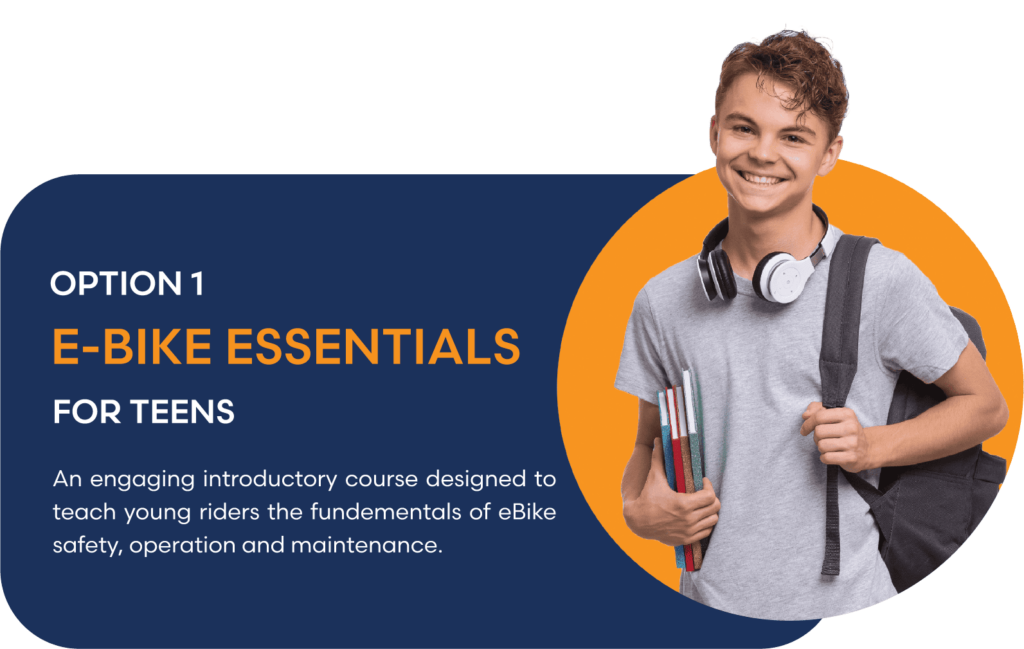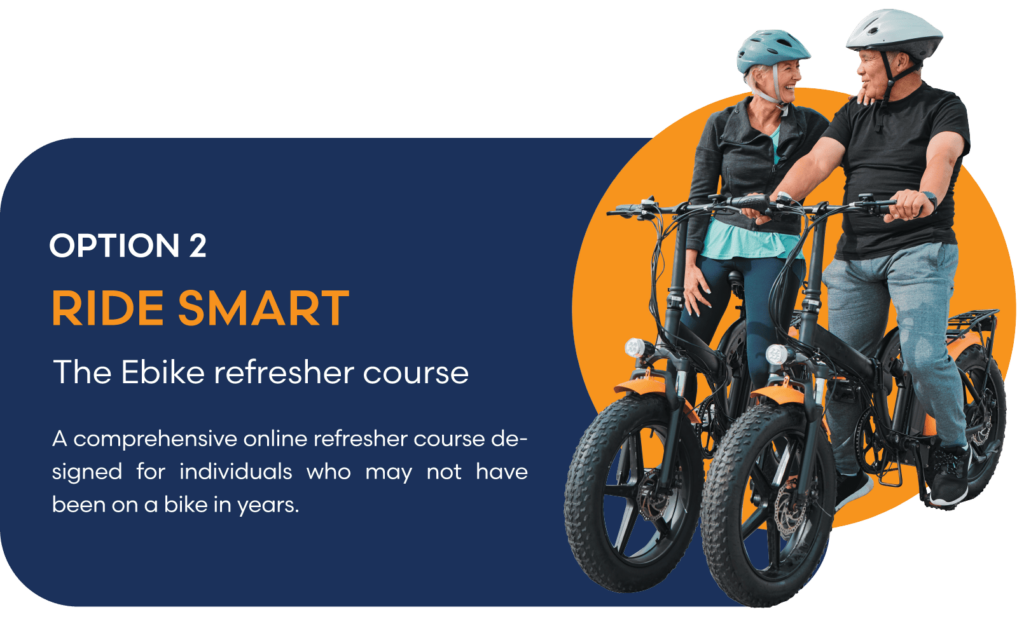E-Bike Safety: 7 Essential Tips for a Safe Riding Experience
With the growing popularity of electric bikes on neighborhood streets and bike lanes, e-bike safety has become critically important, particularly for youth who may still need to learn the rules of the road. California has recognized this need and passed AB 1946, which provides funding for the California Highway Patrol to develop an e-bike safety curriculum by September 2023.
Electric bikes have specific features that affect the safety and enjoyment of your riding experience. Here are key factors to consider to ensure your e-bike experience is as safe as possible.
1. Bike Helmet

A quality bicycle helmet is critical for a safe riding experience. Consumer Reports recently rated the best bike helmets of 2022. Here are the five most important considerations for a bike helmet:
- Legal Requirements: All riders under 18 and those riding an e-bike that exceeds 20 MPH must wear a helmet. Choose one that is ASTM and CPSC-approved.
- Proper Fit: The helmet should sit low on the forehead, just above the eyebrows. Shake your head gently to ensure it doesn’t slip around too much. It should not move more than 1/2 inch in any direction.
- Snug Fit: Make sure the helmet fits snugly on your head; adjustable styles offer the best fit.
- Consistent Use: Wear the helmet and buckle it correctly every time you ride. The strap should sit just under the chin.
2. Electric Motor
The electric motor helps riders of all ages enjoy the health benefits of riding a bike and assists in maintaining safe speeds, particularly when traveling up hills or starting from a stopped position. Consider these motor features before purchasing an e-bike:
- Torque and Power: Ensure the motor provides enough torque to climb hills and carry cargo but isn’t too strong for the rider.
- Safety Features: Ensure your e-bike includes a brake disconnect that shuts off the motor when slowing to a stop.
- Warranty: Check for a robust warranty offered by the dealer/manufacturer. Some quality e-bike motors offer up to a 10-year warranty.
3. Bike Tires
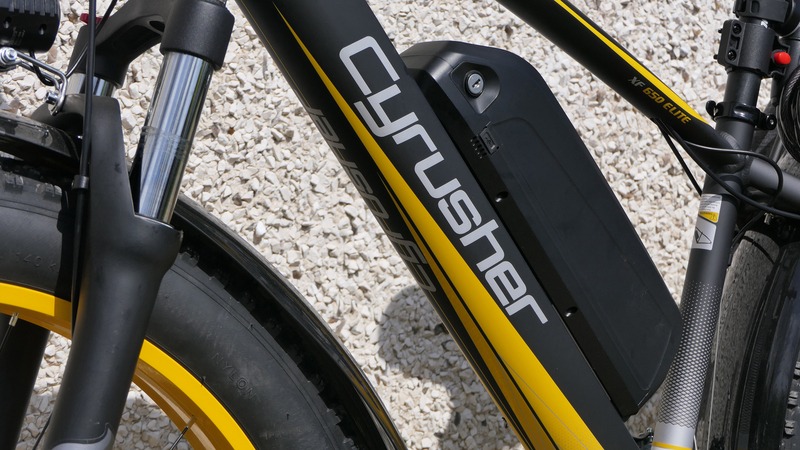
The tires on an e-bike require continuous monitoring for maximum safety. Here are some essential items to pay attention to:
- Puncture Resistance: Consider puncture-resistant tires to minimize the risk of flat tires.
- Visual Inspections: Before and after riding, inspect the tires for damage. Replace tires if you see cuts, cracks, bulges, or worn tread areas.
- Tire Pressure: Check your tire pressure before every ride. Proper tire pressure affects your ability to steer, maneuver, and stop safely.
- Wheel Condition: Ensure the tire is seated correctly, the spokes are intact, and the wheel nut is tight.
4. Brakes
A powerful hydraulic disc brake system is a critical safety feature on an electric bike.
- Brake Pads: Ask your bike shop to check the brake pads once per season. Learn how to check them at home.
- Brake Lever Tension: Check the brake lever tension on the front and rear brakes before each ride. Service the brakes when the lever starts to feel ‘spongy.’
- Proper Use: Use the rear brake first when slowing down or stopping, especially when riding downhill.
- Brake Specifications: For maximum stopping power, look for hydraulic disc brakes with four pistons. Ensure the system includes a motor inhibitor.
5. Battery and LCD Display
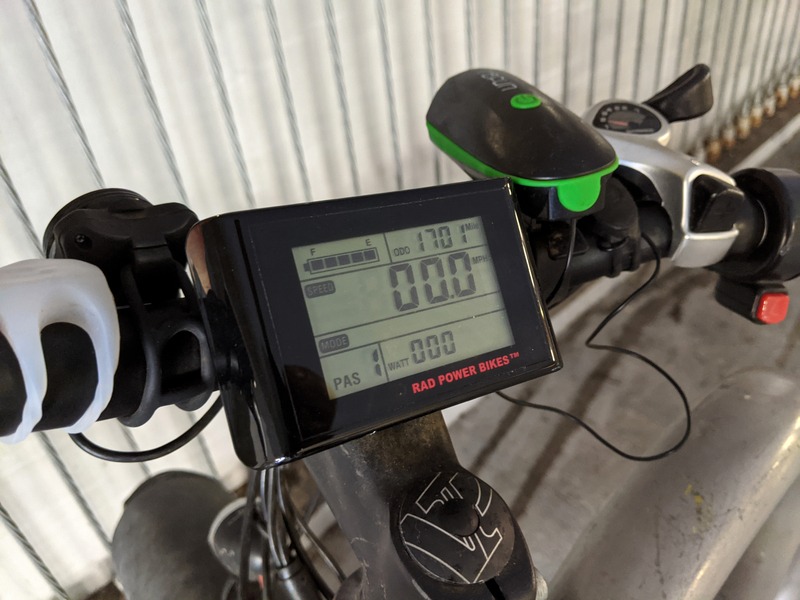
On an e-bike, the battery and instrument panel are crucial features. Here are the top three things to learn about:
- LCD Panel: The panel allows you to control the level of pedal assistance provided by the motor and displays the estimated battery level.
- Battery Range: The screen displays the estimated battery level based on wattage. Learn your battery’s range based on your riding style to preserve battery power on long rides.
- Battery Certification: Look for a certified, tested, and warranted battery. Quality e-bike batteries have safety, reliability, range, and life cycle warranties.
6. Pedal Assist and Throttle
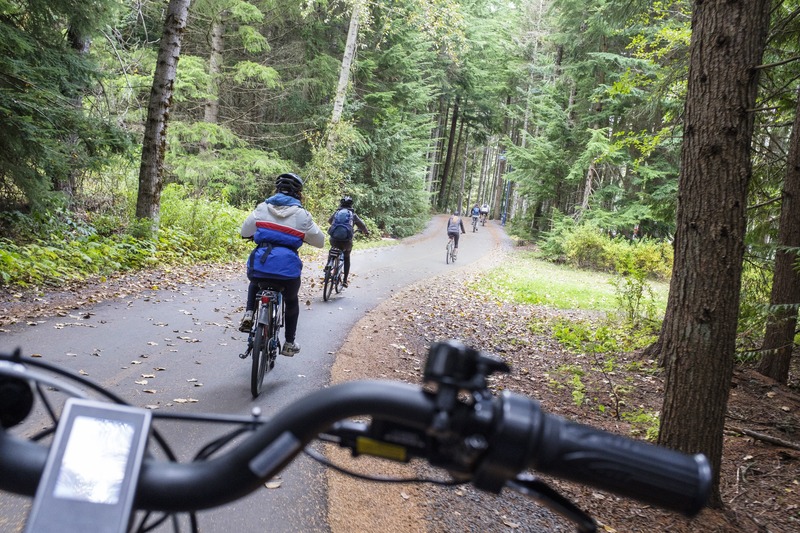
Pedal assistance initiates the motor when you pedal the bike, and riders can adjust it at various levels. This feature helps maintain a safe speed up hills and gradually increases speed from a stopped position. There are two main types of throttle systems:
- Thumb Throttle: Activated by a thumb switch, allowing more accessible access to the handbrake lever and minimizing accidental acceleration.
- Twist Throttle: Activated by twisting the grip with your hand.
7. Lights
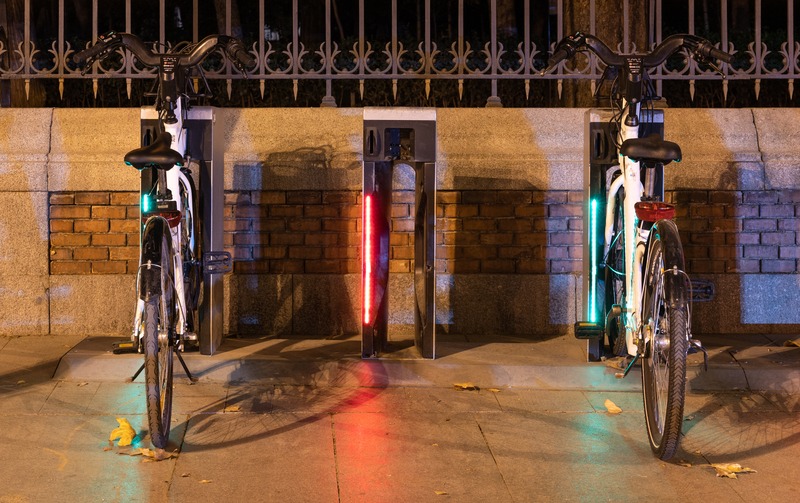
The lighting system on an e-bike is critical for safety when riding after dark. Consider these top three features:
- Integrated Lights: A quality e-bike has high-powered headlights and taillights powered by the battery. Some models also include turn signals and brake lights.
- Helmet Lights: Look for a helmet with rear lights and reflectors to enhance visibility in dark conditions.
- After-market Options: Additional lights are available to enhance visibility further.
Obeying Traffic Laws
It is essential to obey all traffic laws when riding e-bikes. The CHP offers an online bike safety course featuring video examples of proper bike riding behavior. Here are key points to remember:
- Traffic Signs and Lights: Stop at stop signs and traffic lights.
- Safe Speed: Maintain a safe speed based on your ability, weather, and road conditions.
- Ride Direction: Ride in the same direction as cars, signal turns and braking, and stay on the right side of the road without weaving in and out of traffic.
- Visibility: Wear bright-colored clothing and use lights and reflectors, especially when it’s dark.
Parents with children riding e-bikes should ensure they know the rules of the road before they head out. The California DMV provides helpful bike safety information that all riders should know.
Local Regulations
Be aware of restrictions on e-bikes in your area. Local municipalities often have specific regulations regarding where e-bikes can be ridden and any speed limits that apply.
Following these guidelines and regularly maintaining your e-bike can ensure a safer and more enjoyable riding experience.
References
- California Legislative Information. AB 1946 E-Bike Safety Training. Retrieved from leginfo.legislature.ca.gov
- Consumer Reports. Best Bike Helmets of 2022. Retrieved from consumerreports.org
- California Highway Patrol. Online Bike Safety Course. Retrieved from chp.ca.gov
- California DMV. Bike Safety Information. Retrieved from dmv.ca.gov
